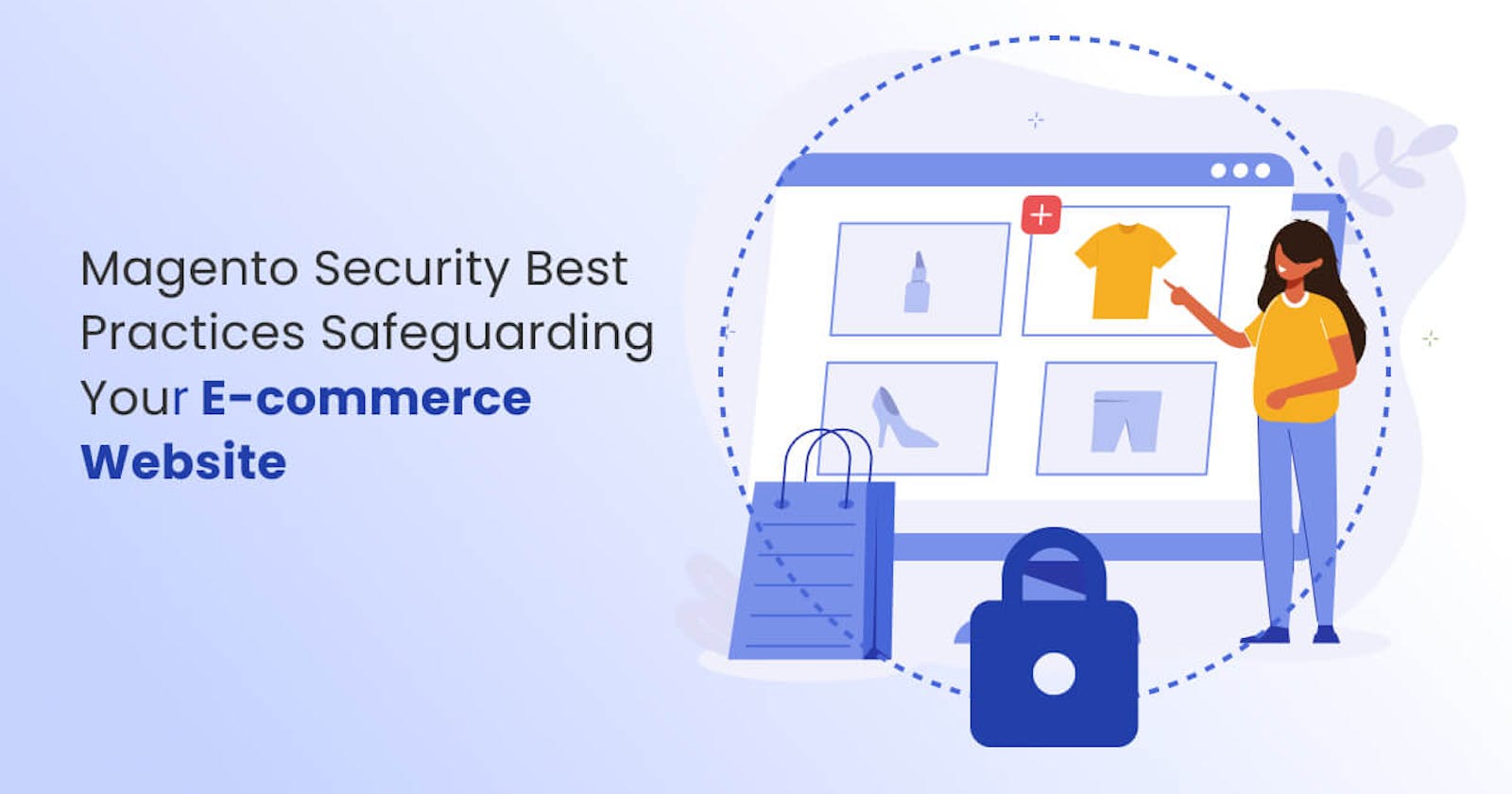In the realm of e-commerce, Magento stands out as a powerful and widely used platform. With its versatility and scalability, Magento powers countless online stores, from small businesses to large enterprises. However, with great power comes great responsibility, especially regarding security.
Cybersecurity threats are a constant concern, and for e-commerce sites, a breach can mean not just financial loss but also a significant hit to reputation and customer trust. In this comprehensive guide, we'll delve into the best practices for Magento security, ensuring that your e-commerce website remains secure, reliable, and trustworthy.
Understanding the Importance of Magento Security
Before we dive into the best practices, it's crucial to understand why Magento security is paramount. E-commerce sites often deal with sensitive customer data, including personal information and credit card details. A security breach can lead to data theft, financial loss, legal issues, and damage to your brand's reputation. Moreover, search engines tend to blacklist sites that have been compromised, affecting your site's visibility and SEO rankings, cautioned a Magento expert based in Dubai.
Best Practices for Securing Your Magento Store
1. Regular Updates and Patches
Stay Updated: Magento regularly releases updates and security patches. Keeping your Magento installation up-to-date is the first and most critical step in securing your site.
Schedule Maintenance: Plan for regular maintenance windows to apply updates without disrupting your business operations.
2. Strong Password Policies
Enforce Complexity: Implement policies that require strong, complex passwords for all user accounts, especially for admin accounts.
Regular Changes: Encourage or enforce regular password changes to reduce the risk of password-related breaches.
3. Use Two-Factor Authentication (2FA)
Enhance Security: 2FA adds an additional layer of security beyond just passwords, typically involving a code sent to a mobile device.
Admin Protection: It’s particularly important to enable 2FA for backend access to your Magento store.
4. Secure Your Hosting Environment
Choose Wisely: Select a hosting provider known for strong security measures. Consider dedicated or virtual private servers instead of shared hosting.
Firewalls and Backups: Ensure that your hosting environment includes firewalls, SSL certificates, and regular backups.
5. Regular Backups
Backup Regularly: Regular backups of your website are crucial. In case of a security breach, backups allow you to restore your site quickly.
Secure Storage: Store backups in a secure location, preferably off-site or in a cloud environment.
6. Custom Admin Paths
Change Default Paths: Change the default admin URL to a custom path. This makes it more difficult for attackers to find your admin login page.
Limit Access: Restrict admin access to specific IP addresses, if possible.
7. Use Secure FTP
Avoid Regular FTP: Regular FTP protocols are not secure. Use SFTP (Secure File Transfer Protocol) or SSH (Secure Shell) for file transfers.
Manage Access: Limit FTP access to essential personnel and monitor for any unusual activity.
8. Implement SSL Encryption
Encrypt Data: Use SSL certificates to encrypt data transferred between the user’s browser and your Magento server. This is critical for protecting sensitive customer data.
Site-Wide SSL: Aim for site-wide SSL encryption, not just on checkout or sign-in pages.
9. Regular Security Audits
Audit Regularly: Conduct regular security audits of your Magento site to identify and fix vulnerabilities.
Hire Experts: Consider hiring security experts for thorough audits, especially if you handle a large volume of transactions.
10. Stay Informed and Educated
Follow Magento Forums: Stay active in Magento communities and forums to keep up with the latest security news and practices.
Educate Your Team: Ensure that your team is aware of the importance of security and trained in best practices.
11. Use Security Extensions
- Magento Extensions: Utilize Magento security extensions that offer additional features like scanning for vulnerabilities, blocking security threats, and monitoring unauthorized access.
12. Secure Checkout Process
PCI Compliance: Ensure your checkout process is PCI DSS (Payment Card Industry Data Security Standard) compliant.
Third-party Payment Gateways: Consider using reputable third-party payment gateways to avoid storing credit card information on your server.
13. Limit User Access
Role-Based Access Control: Assign permissions based on roles, ensuring that users have only the access they need to perform their jobs.
Monitor User Activity: Keep an eye on user activity, especially those with high-level access.
Conclusion
Securing a Magento e-commerce site is an ongoing process that requires vigilance, awareness, and a proactive approach. By implementing these best practices, you can significantly reduce the risk of security breaches and protect not only your data but also your customers' trust. Remember, in the digital world, the security of your e-commerce platform is as crucial as the quality of the products you sell. Stay updated, stay secure, and keep your Magento store a safe place for your customers to shop.
